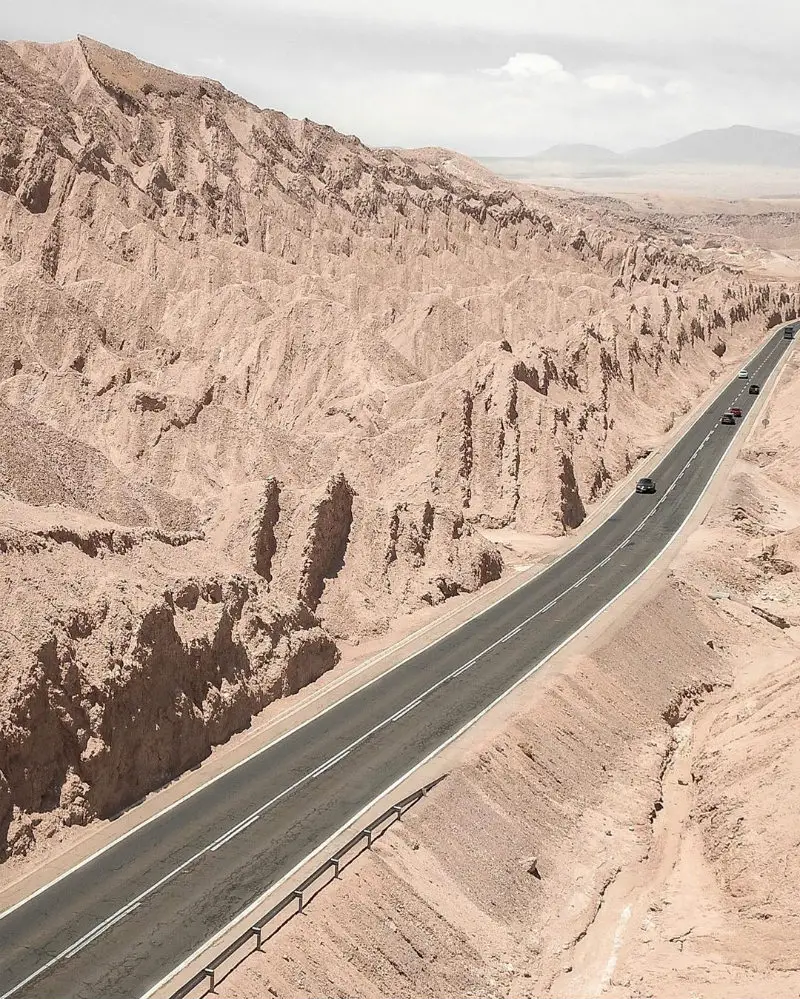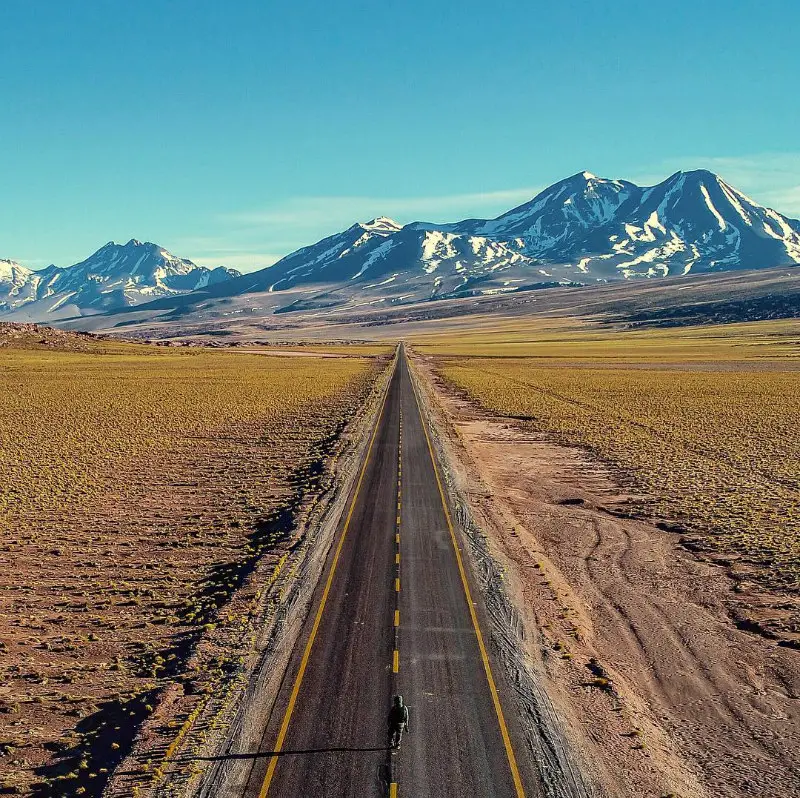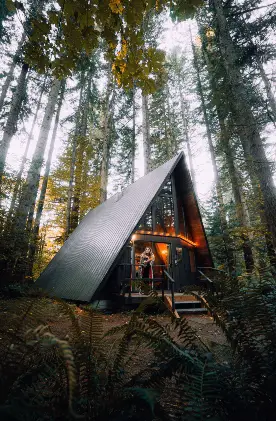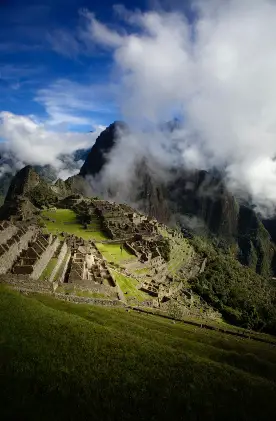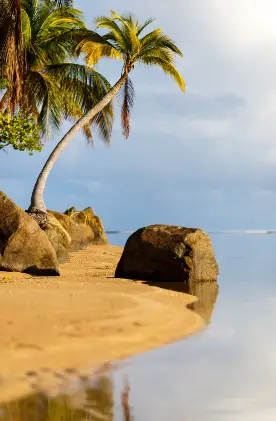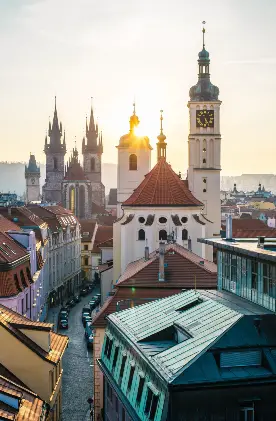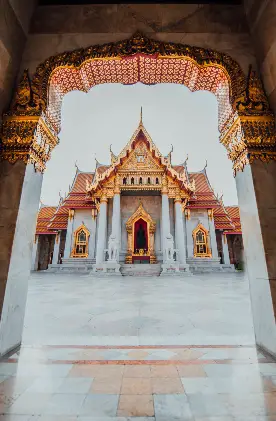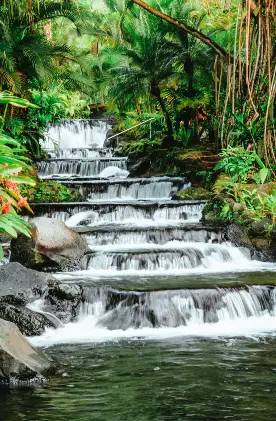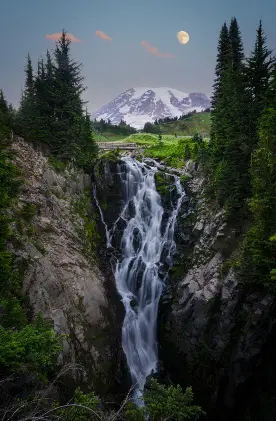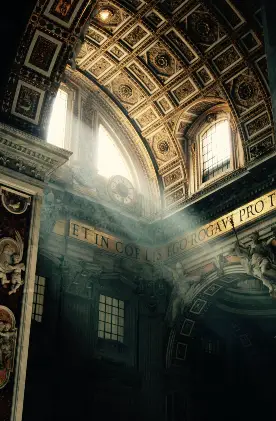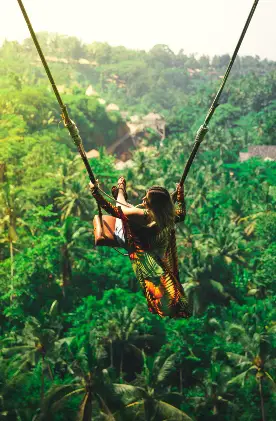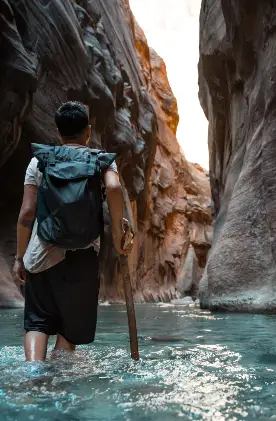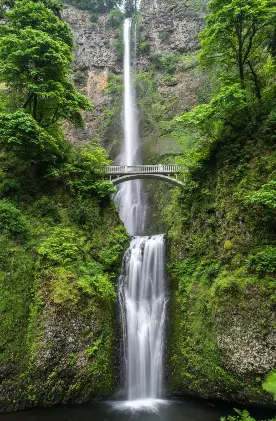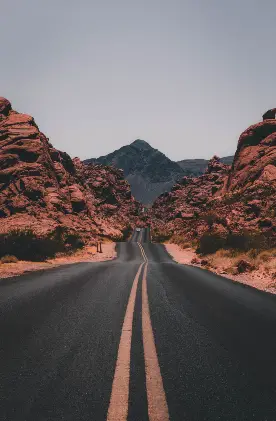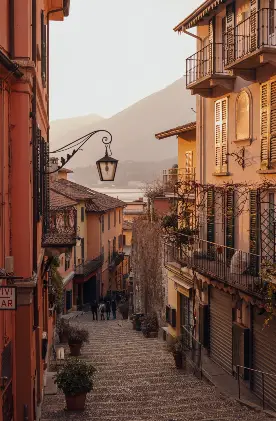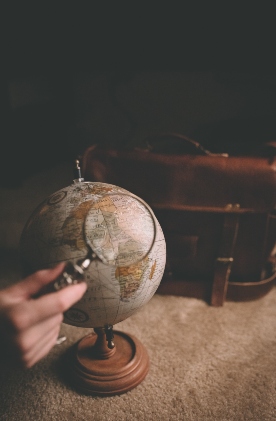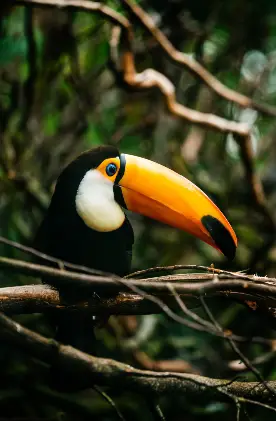My name is Mario Pasten Labra. I’m 30 years old and work as an advisor in risk prevention. Welcome to my guide on the Atacama Desert. I was born in Chuquicamata, a mining town in Antofagasta. I lived in Calama for 19 years and currently reside in Antofagasta. I’ve lived all my life in Northern Chile.
Since I was a child, I travelled with my parents and thanks to them I had the opportunity to visit more than nine different countries and a few different continents. These trips helped me learn more about new places, discover cultures and ways of life, and see an incredibly diverse range of landscapes.
At 27 I started to use a reflex camera. I learnt that there is no better way to capture a memory than by photography. It transports you to another place and makes you feel real emotion. That is why I have dedicated myself to photographing my region and especially the Atacama Desert.
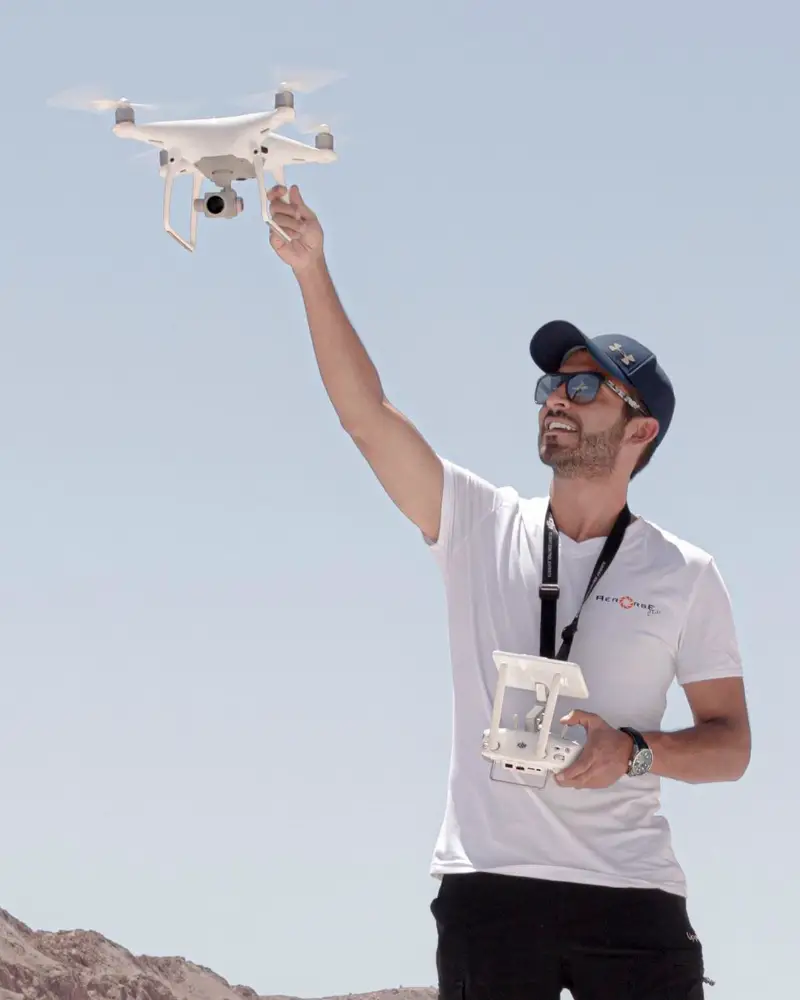
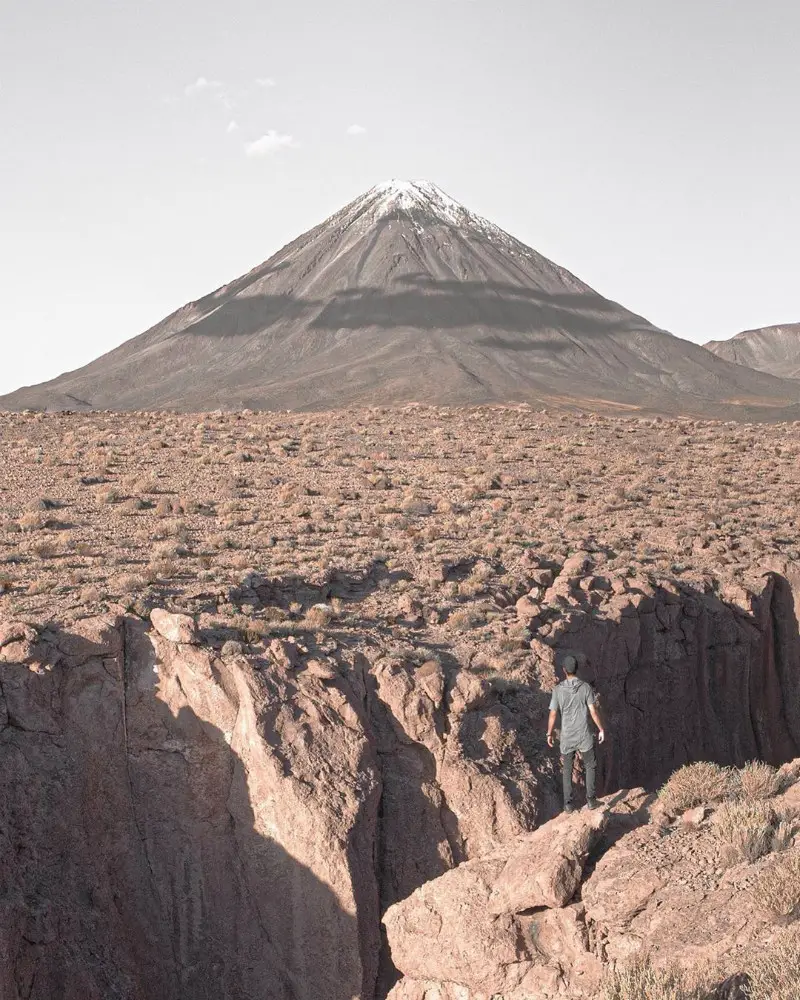
Extraordinary Landscapes of the Atacama Desert
The Atacama Desert is an unpredictable place. You have desert wherever you look and then in the middle of nowhere you find multi-coloured lagoons, geysers that burst out of the ground, sunsets where the lagoon water changes colour and an incredible open sky to observe the stars.
It’s a destination that allows you to undertake various adventures – whether that is climbing a volcano, enjoying hot springs 4,000 metres above sea level or – if you prefer – floating in the lagoons, enjoying the silence of Valle de la Luna and touring the villages where culture and gastronomy await.
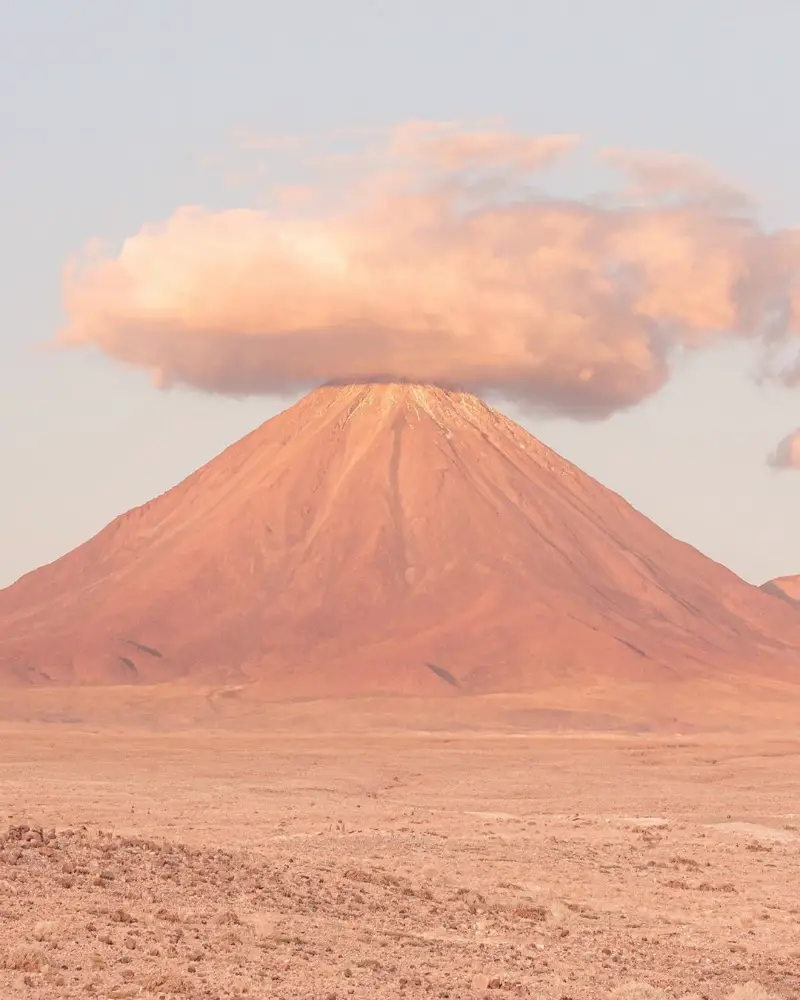
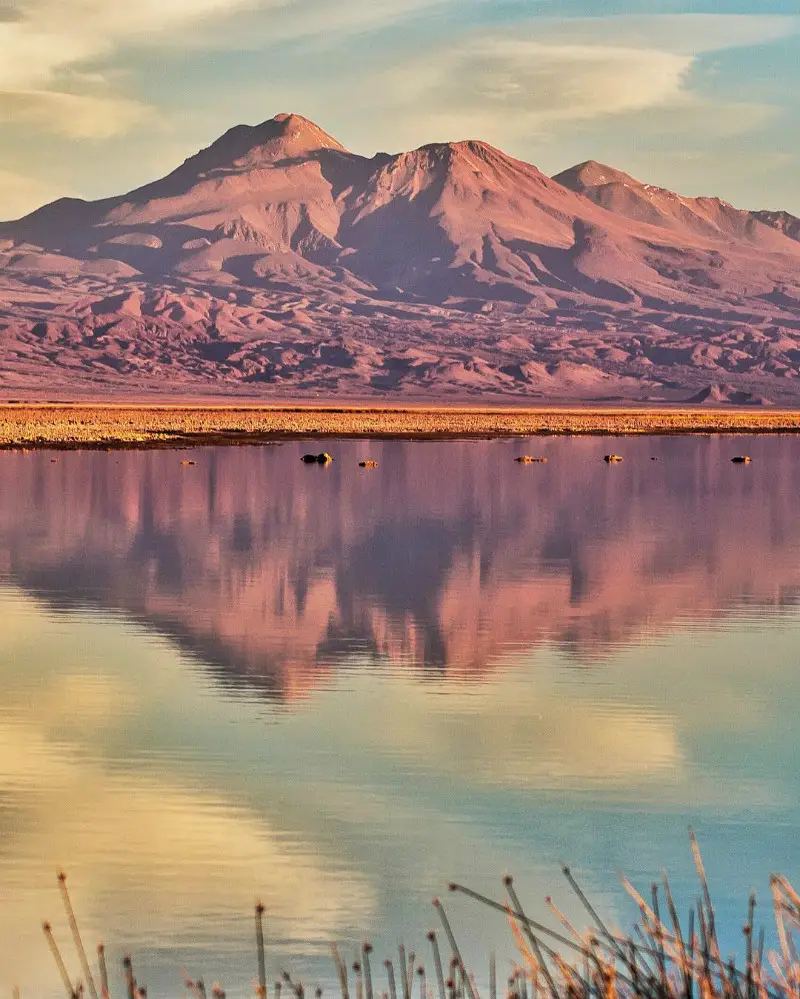
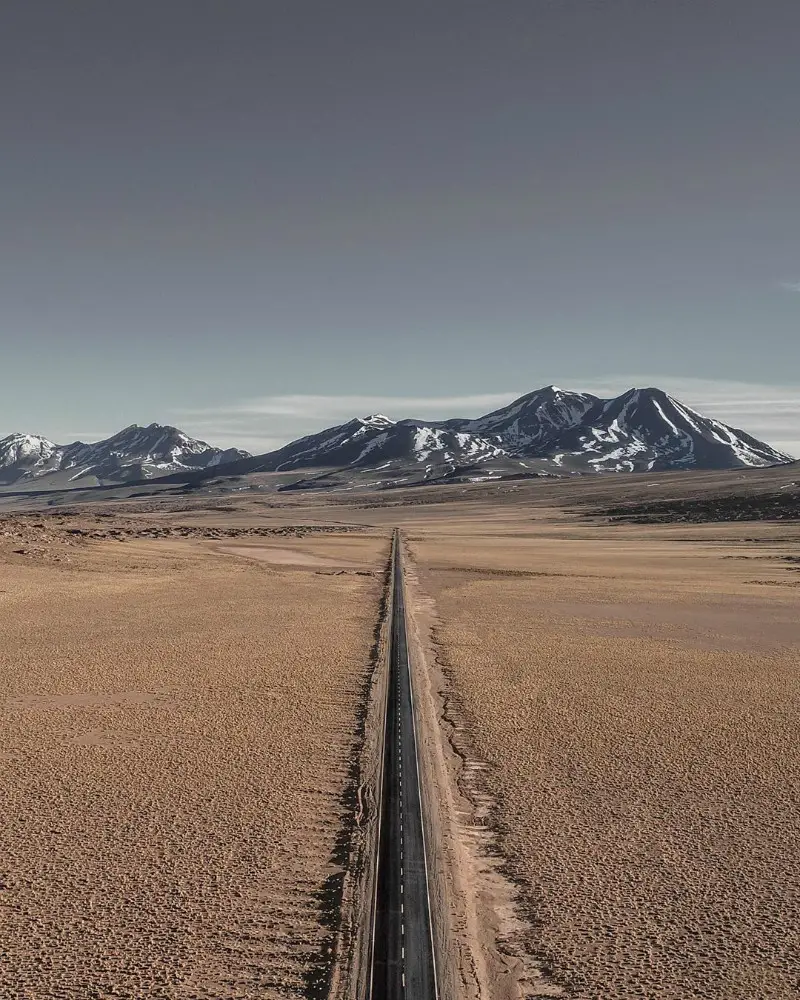
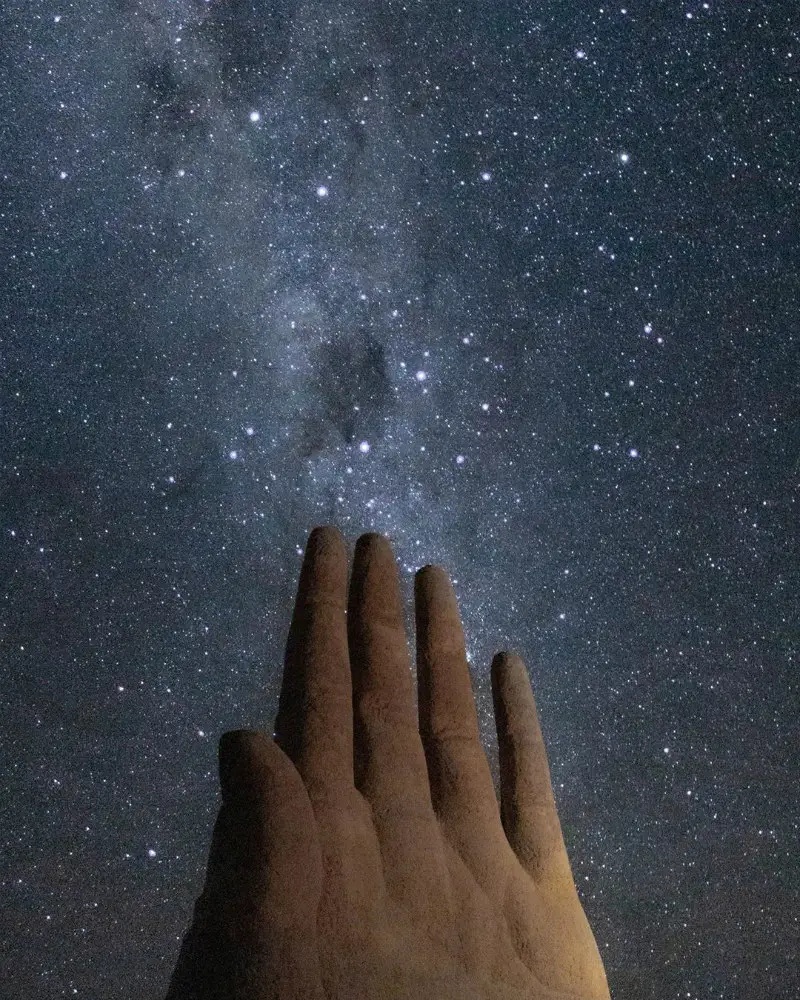
History and Culture of the Atacama Desert
San Pedro de Atacama was inhabited by the Atacama People (Atacamenos) and its native language was Kunza. They settled in some locations across Northern Chile. Their traditional way of working was with agriculture growing corn and vegetables and creating leather garments.
There are also vestiges of traditional art in “Greda” pottery and stone representations seen in the unique petroglyph carvings across the region. Currently there is a push to preserve the constructions of the adobe and straw homes in the villages surrounding the Atacama Desert.
The town known as San Pedro de Atacama is like a floating village. Many Chileans and foreigners come to work in this town. There are tonnes of cultural exchanges between visitors and locals who inhabit the village.
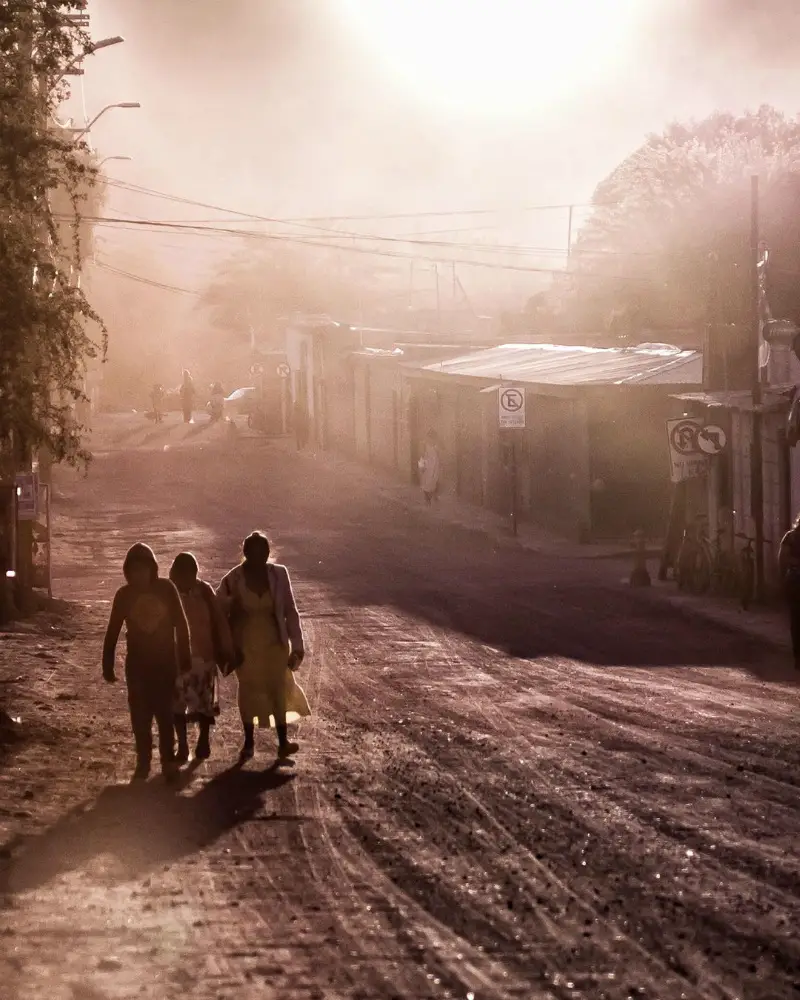
Favourite Place in the Atacama – Red Stones
The Atacama Desert is bursting with different kinds of landscapes. I try to photograph the essence of San Pedro through its lagoons, mountains and desert. If I had to choose a favourite place it would be Red Stones.
It has a special atmosphere and I remember witnessing one of the most sensational sunsets of my life at Red Stones. Golden hour started and then the salt flats began to dye themselves red. It was a unique spectacle!
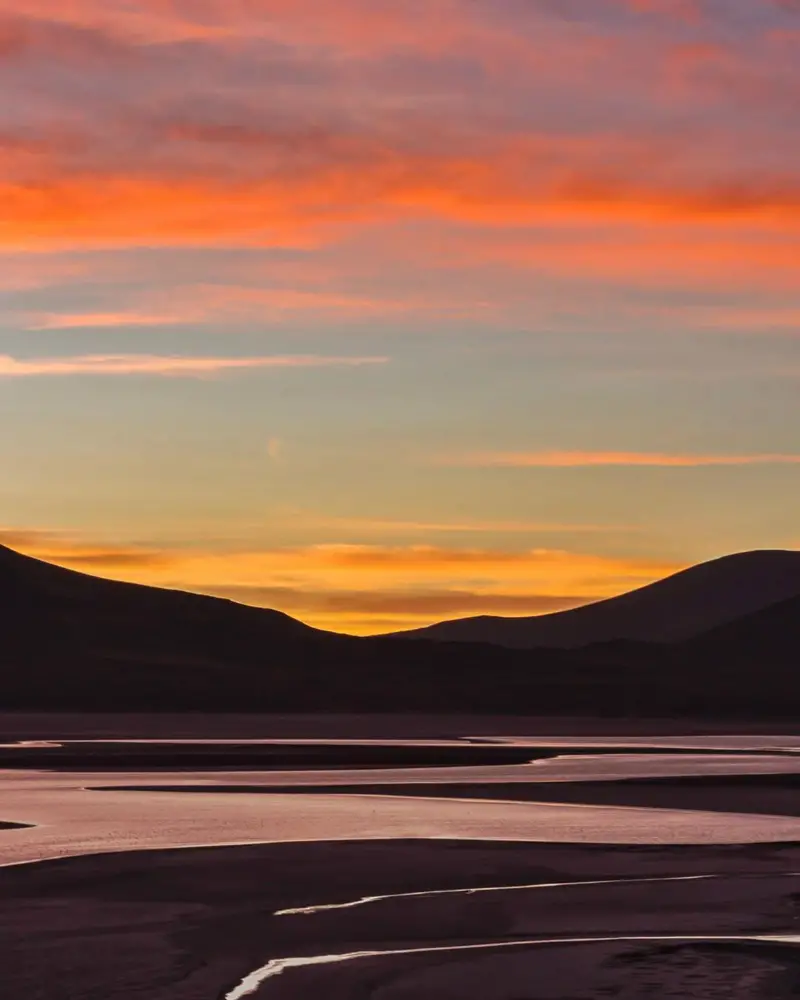
10 Best Things To Do in the Atacama Desert
Situated between the Andes and the Pacific, the Atacama Desert is unlike any other place on earth. The range of colours, rugged volcanos and shimmering lagoons creates an otherworldly landscape that has to be seen to be believed. Below are my top 10 Atacama adventures:
1. Discover the Unique Piedras Rojas (Red Stones)
Located at 4,200 meters above sea level in the Salar de Aguas Calientes, I recommend visiting at sunset so you can see the spectrum of colours. The landscape is covered in a reddish stone that was formed by the oxidation of iron. This is a real natural paradise just waiting to be discovered.
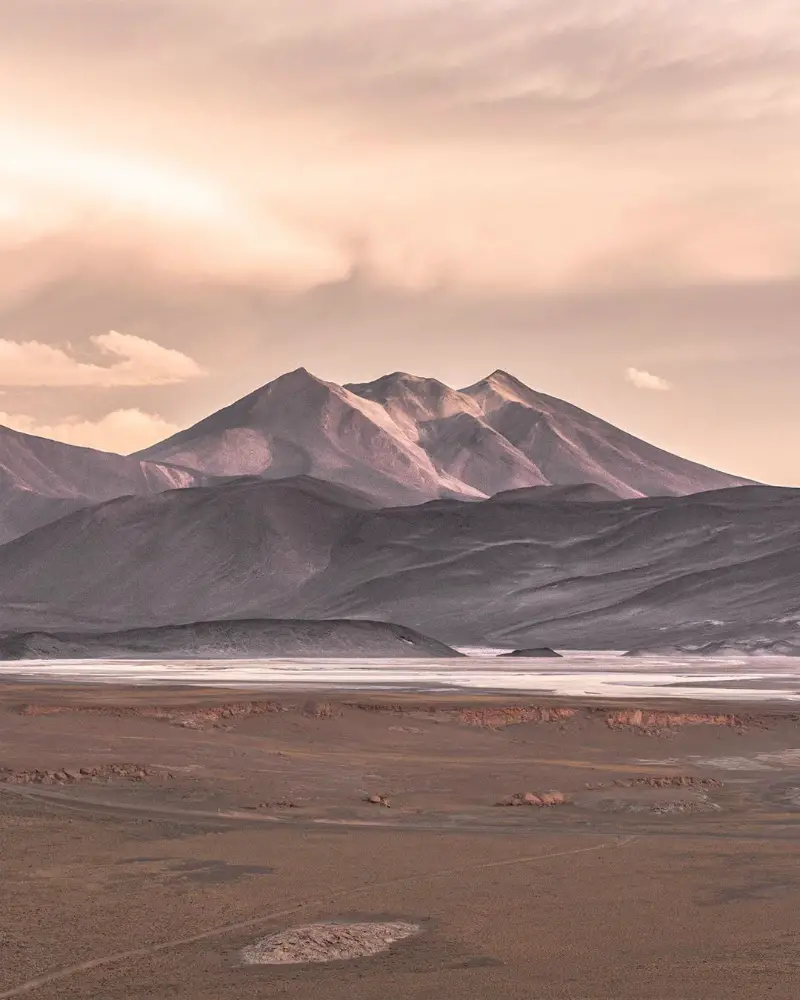
2. Witness the Incredible Tatio Geysers
The Tatio Geysers are the highest geysers in the world situated at over 4,000 metres above sea level. Over 70 geysers burst from the ground and dispense steam and water from the earth. You can reach these geysers by driving 89 kilometres from San Pedro de Atacama.
3. Marvel at the Lagunas Miscanti & Miniques
These lagoons are located between large mountains and their crystalline colours make for a spectacular sight. It’s a fantastic place for nature lovers and landscape photographers as you can see stunning reflections of the mountains onto the two blue saltwater lakes.
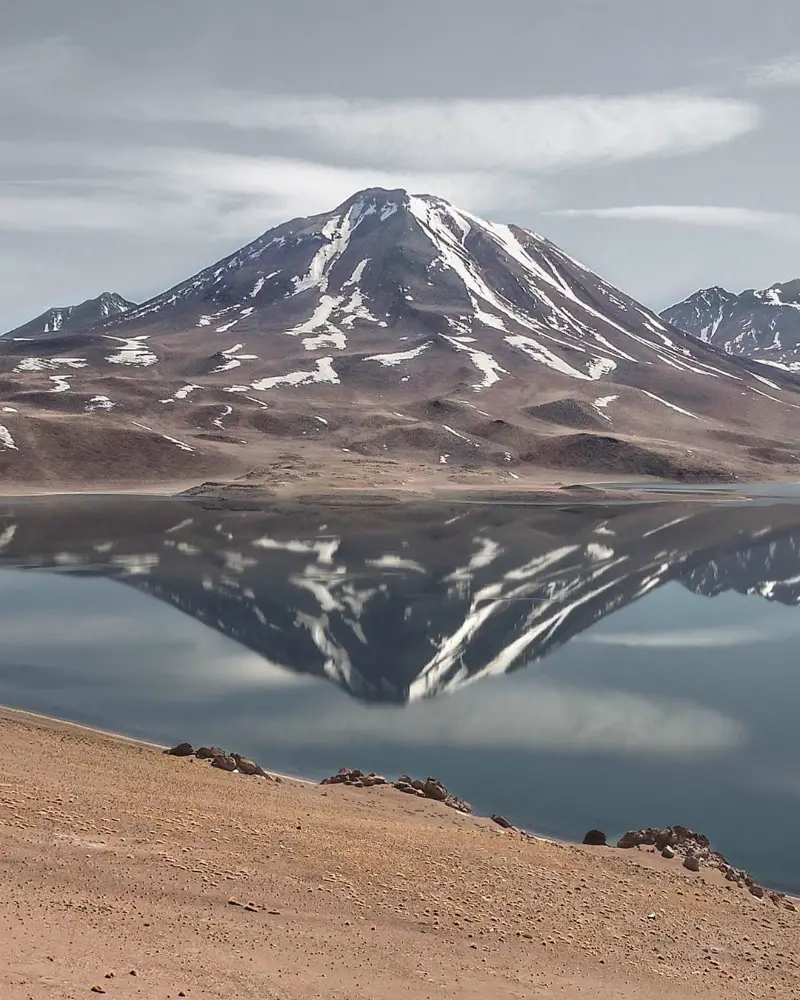
4. Stargaze at the Otherworldly Valle de la Luna
You simply have to visit Valle de la Luna for its unique rock formations. It’s a must-see destination especially at sunset and for stargazing at night. This landscape is part of the Cordillera de la Sal belonging to the Los Flamencos National Reserve. There are many odd rock sculptures to see also.
5. Bathe in the Laguna Escondida de Baltinache
The lagoons at Laguna Escondida de Baltinache were opened to the public a few years ago and you can bathe in two of the lagoons. They are bodies of water in the middle of nowhere with incredible colours. Find these hidden lagoons about 40 kilometres from San Pedro de Atacama.
6. Visit Laguna Cejar and Laguna Tebenquiche
Both Laguna Cejar and Laguna Tebenquiche are located in the vicinity of San Pedro de Atacama. You can see these colourful lagoons and in Cejar you can bathe and float which always makes for unique photos! Another highlight is the wildlife which include flamingos and wild donkeys.
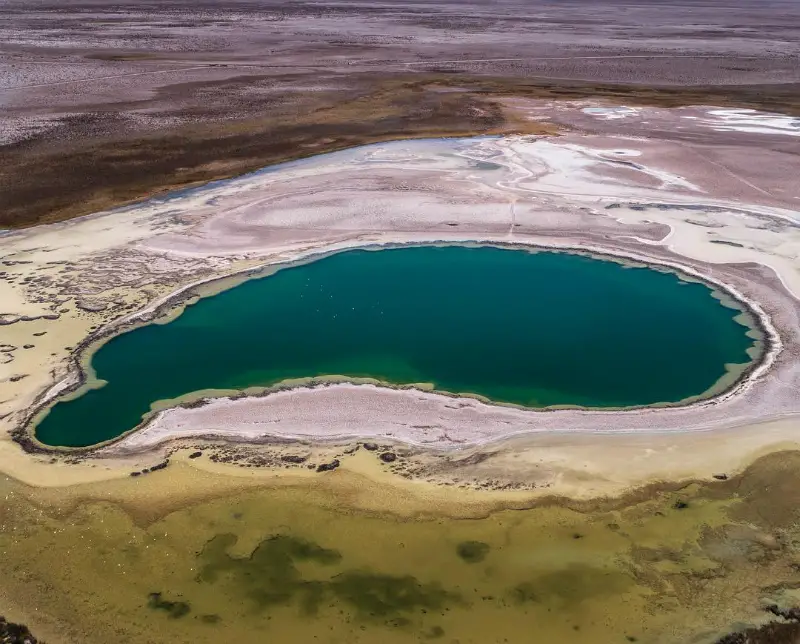
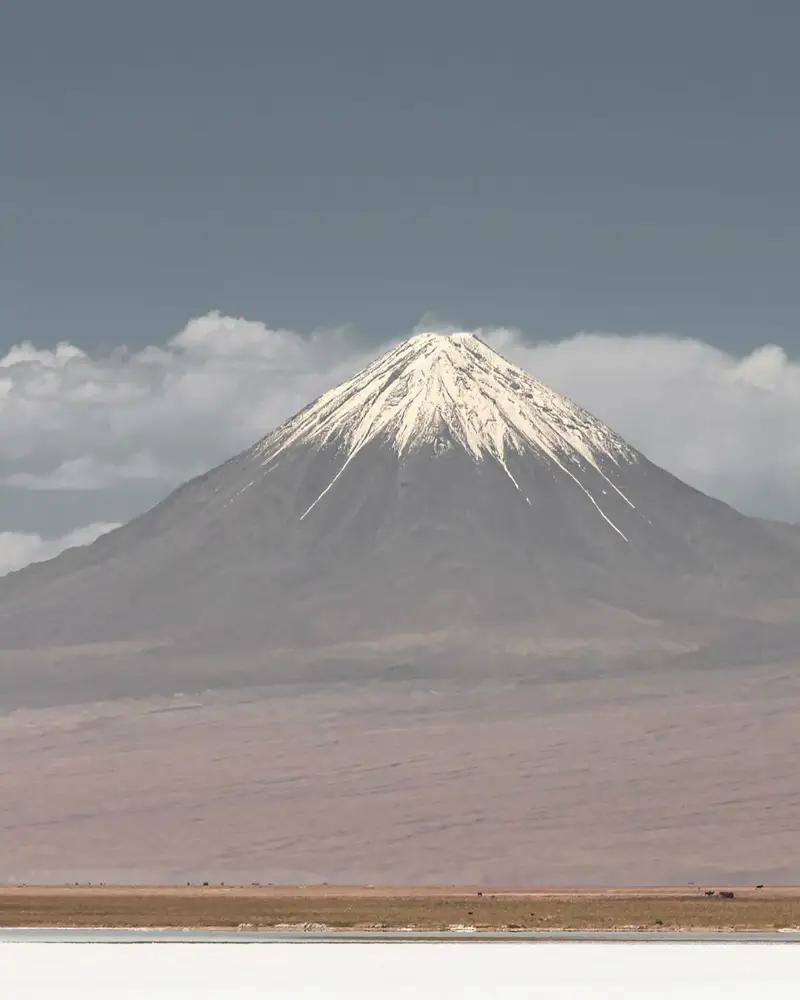
7. Relax in the Waters of Termas de Puritama
Termas de Puritama are located in a ravine at 3,500 metres above sea level and produce warm waters. This is the ideal spot for a day of relaxation. Revitalise yourself in temperatures of 33 degrees celsius. Health benefits include stress reduction as well as relief from rheumatic illness.
8. Sandboard the Dunes of Valle de la Muerte
In the Valle de la Muerte (which is actually a linguistic distortion from Valle de Marte which more accurately represents its red landscapes) you can go hiking, cycling or walking through a diverse landscape of rocks and salt. For those adventure-junkies you can go sandboarding down the sand dunes.
9. Check out the Historic Pukara de Quitor
Pukara de Quitor is a fortress made by the Atacama people over 700 years ago. They faced invasion from other towns that inhabited South America and so constructed this fort made of stone and mud. It was declared a National Monument in 1982 and is a fascinating place to visit for the day.
10. Explore Valle del Arcoiris (Rainbow Valley)
The Rainbow Valley in the heart of the Atacama Desert stands out for its unique mix of red, beige, green and white-earth colours. Explore the different colours, textures and landscapes of this mountainous terrain. A great place for hiking and stopping to take photos at the viewpoints.
Best Photography Spots in the Atacama Desert
The most beautiful places to photograph are the lagoons of the Atacama Desert. The colours make them unique elements for photography. I’ve seen other amazing lagoons in Yellowstone National Park, for example, but nothing compares to the hidden ones of the Atacama.
Some are tiny and look like fried eggs. I always try to keep these places secret as its best not to intervene with what little untouched nature remains. You can always go exploring yourself and see what you find. For sure you will never be disappointed in a place like the Atacama Desert.
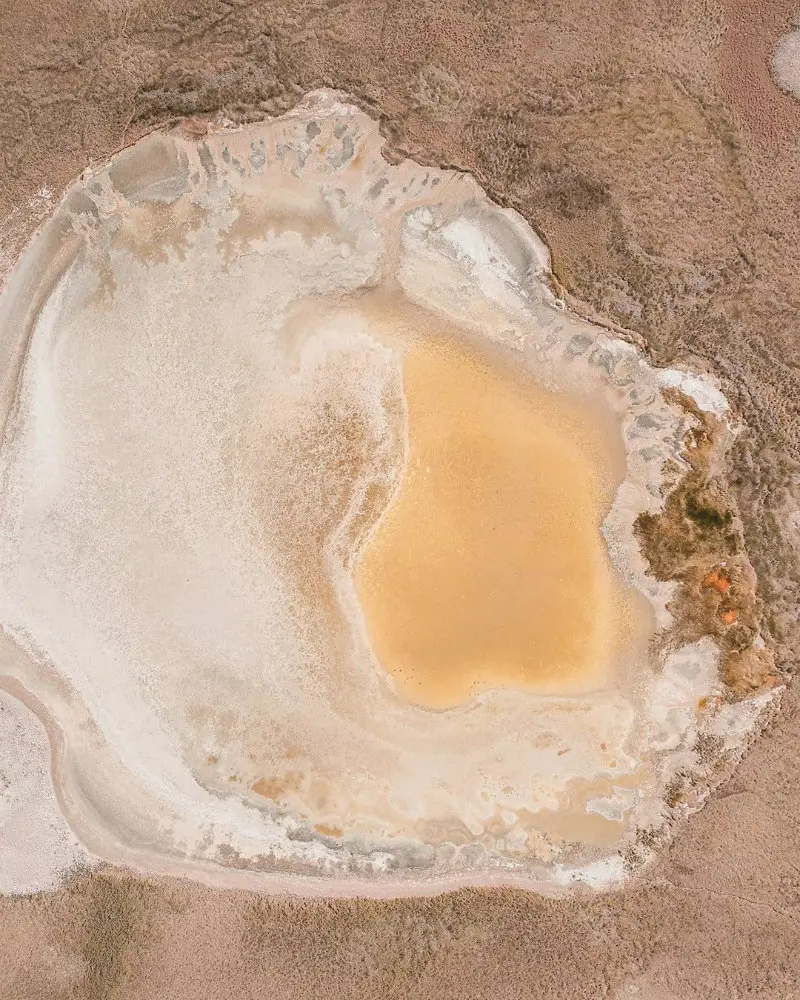
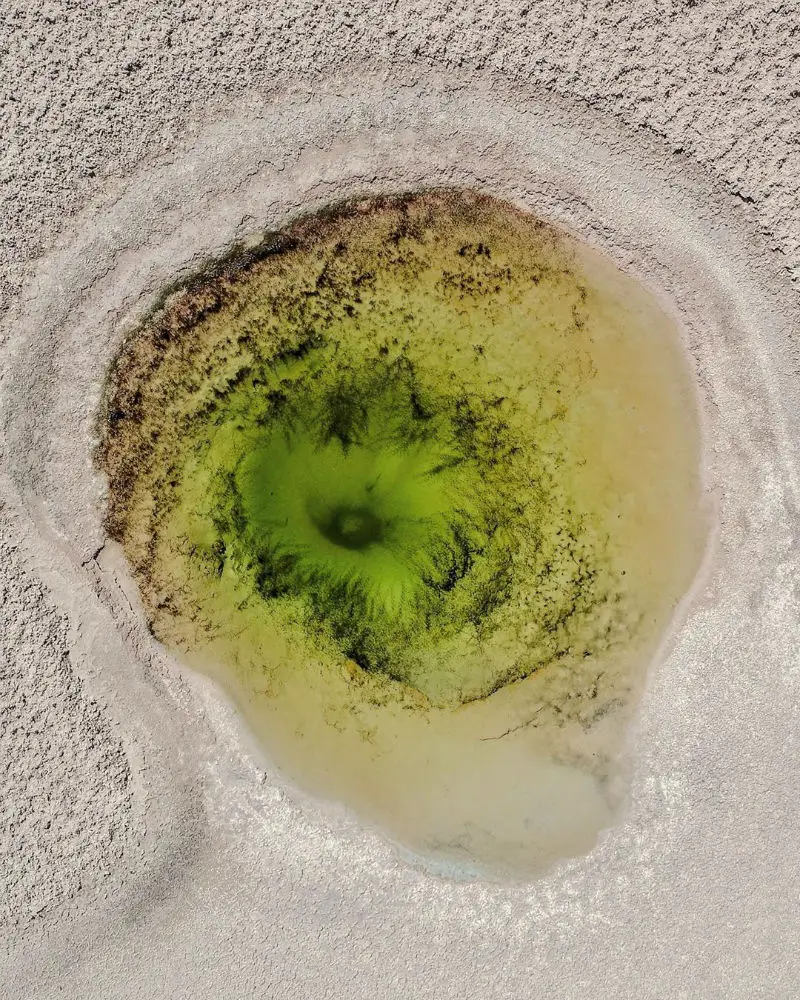
Where to Stay in the Atacama Desert
Although San Pedro de Atacama has a variety of hotels, camping and rooms for tourists – I always recommend staying at the Gran Yali Atacama. It’s an Atacemena house that maintains its ancestral identity. This place is really cool as it dates back 150 years with adobe style architecture.
The accommodation here mixes comfort and tradition. You can enjoy using the outdoor swimming pool and quincho (barbeque) area in summer. The perfect spot to base yourself for some incredible Atacama adventures!
Tips for your Visit to the Atacama Desert
One of the most important things to know before you visit the Atacama Desert is to book your accommodation in advance. The prices vary and it’s always best to book early to save money. Of course, there are plenty of tour companies which can help you best experience the Atacama nature.
Remember when you’re outside in the sun to wear sunblock, a hat, bring water and use mosquito repellent. Some of the altitude heights can take an effect on your body but you can counter it with things like coca leaves.
If you want to explore the landscapes of the desert on your own terms then hiring a car is the best option. This way you can travel with freedom and discover some of the hidden gems that are unknown to most tourists. Thanks for reading and I hope to see you in Northern Chile someday soon!
